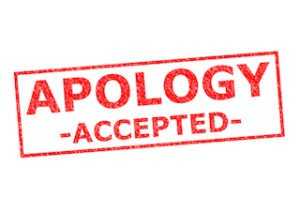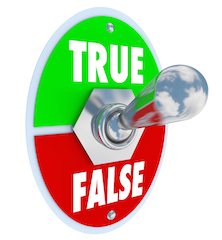Many financial advisors view E&O disputes as something that only happen to incompetent or criminal financial advisors. In reality, the odds of incurring a claim or lawsuit are quite high, with insurer statistics suggesting as many as one in seven advisors experience a claim at some point in their careers[1]. Accepting this fact will equip you to respond effectively to a client claim if and when it occurs.
To help you manage an E&O incident, here are some do’s and don’ts that will protect your interests, as well as help your insurer process your claim
Things to do during an incident:
- Do manage your emotions. Never lash out in anger or frustration at a client who is filing a lawsuit or arbitration claim against you. Do your best not to take the situation personally. By keeping a level head, you will better position yourself to cooperate with your E&O insurer and attorney to put the matter to rest.
- Do give prompt notice of the claim to the insurer. Check your policy to see how your company defines “prompt.” And file all required claim forms and supporting documents in order to get the claim started.
- Do report both real and potential claims. Failing to report the latter may void your coverage for actual claims that arise later.
- Do provide a comprehensive account of the incident to your E&O claims rep.To collect this information, tap the collective brainpower of all team members involved with the client and collect all relevant documents. Then create and present a chronological narrative that walks your claim rep through the entire event.
Things NOT to do during an incident:
- In speaking with your customer about the incident, don’t admit wrongdoing. However, continue to be sympathetic to the person. Also, don’t try to defend yourself or provide documents that prove your point.
- Once you learn of the problem, don’t attempt to “cover your tracks” by augmenting or fixing errors in the customer file. This will make it look as if you have something to hide.
- Don’t volunteer the fact that you have E&O coverage. However, don’t deny it if directly asked. In either case, don’t provide actual E&O policy language to the customer or to the plaintiff’s attorney. Refer all such requests to your claims representative or defense attorney.
- Don’t offer to settle the claim yourself by providing funds to the customer. This holds true even if the settlement amount is small. And don’t discuss settlements directly with the claimant. Always refer such discussions to your insurer and attorney.
- Don’t give a written or recorded statement to the client’s attorney without the guidance of, permission from, and involvement of your own counsel. The same holds true if the request comes from the client’s insurance company or investment provider, who may be fishing to see where culpability lies.
- Don’t get involved in the day-to-day management of your claim. Let your E&O claims rep manage the process. That person has the training and experience to facilitate the process.
- Don’t discuss your claim with anyone other than your claims rep, defense attorney, or staff members involved directly with the client account. As the old saying goes, “loose lips sink ships.”
Also keep in mind that E&O incidents, if well handled, should be only temporary problems. By cooperating fully with your E&O carrier and defense attorney, you will speed the process to a hopefully positive conclusion. But remember that the best strategy for handling E&O disputes is to prevent them from happening in the first place. In this regard, compliant sales practices and disciplined practice management will be your best allies. Good luck!
[1] Swiss Re Corporate Solutions, “E&O Happens,” retrieved 10/27/14













